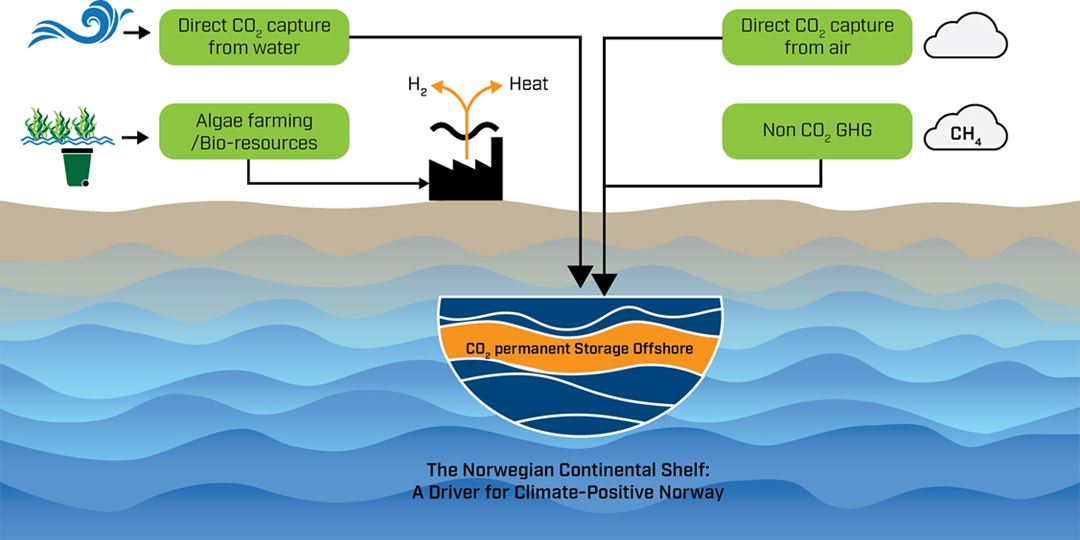What are climate-positive technologies?
Negative emissions – or activities that remove CO2 from the atmosphere – have been highlighted as key for limiting the increase in the Earth’s temperatures to below 1.5°C by many climate efforts, such as the IPCC 2018 Special Report on Global Warming of 1.5˚C. If we are to achieve this ambition, we must remove several billion metric tonnes of CO2 (GtCO2) from the atmosphere.
Climate-positive, or Carbon Dioxide Removal (CDR), technologies seek to deliver negative emissions, for example, through afforestation or direct air capture (DAC).
To qualify as climate-positive, a technology must meet four criteria:
- Physical greenhouse gases are removed from the atmosphere,
- The removed gases are stored out of the atmosphere in a manner intended to be permanent,
- Upstream and downstream greenhouse gas emissions associated with the removal and storage process are included in the emission balance,
- The total quantity of atmospheric greenhouse gases removed and permanently stored is greater than the total quantity of greenhouse gases emitted to the atmosphere.
Four climate-positive solutions will be further developed
NCS C+ aims to close knowledge gaps towards the deployment of climate-positive technologies by stimulating several CO2 removal pathways. In particular, NCS C+ focuses on potential solutions connected to carbon capture and storage (CCS) in order to ensure permanent storage of CO2 emissions on the Norwegian Continental Shelf.
The four climate-positive technologies considered in the project are:
- Converting algae and/or waste bio-resources into hydrogen and/or heat with CCS,
- Removing CO2 from seawater,
- Removing CO2 from the air (often referred to as DAC), and
- Removing methane from the air.

NCS C+ paths towards a climate-positive society
In addition to maturing the necessary components of these technologies, NCS C+ will seek to better understand the performances of such concepts, and, as a result, how they can be improved. The project will also seek to understand how re-purposing existing assets on the Norwegian Continental Shelf, as well as leveraging existing Norwegian expertise, can both reduce the cost of these technologies and facilitate their uptake. Finally, legal and social aspects will be addressed in order to further facilitate implementation.
“The NCS C+ project is a key step in supporting a green transition and growth in Norway and Europe, as well as creating Norwegian leadership in the area of negative emissions” says Simon Roussanaly, research scientist at SINTEF Energy Research and leader of NCS C+.
More about NCS C+
NCS C+ is coordinated by SINTEF Energy Research, which will undertake the core research activities along with SINTEF Industry, SINTEF Ocean, and the University of Oslo (UiO). Several leading international universities, including the Technical University of Delft, University of Alberta, and KTH Royal Institute of Technology are also contributing to this project.
This three-year project has a total budget of 36.6 MNOK, which is fully funded by the Research Council of Norway as part of the Green Platform Initiative. It is associated with the Green Platform project “Carbon Links” (LINCCS), led by Aker Solutions.
Project description of the NCS C+ project


